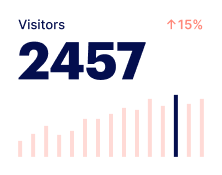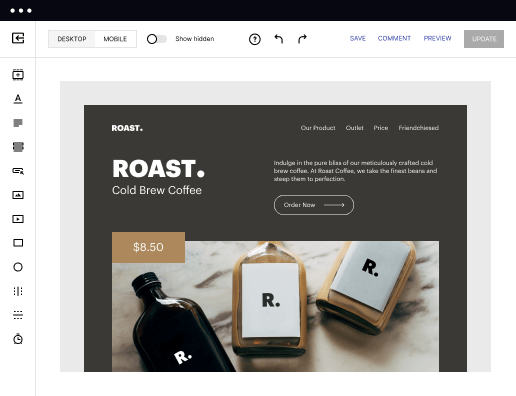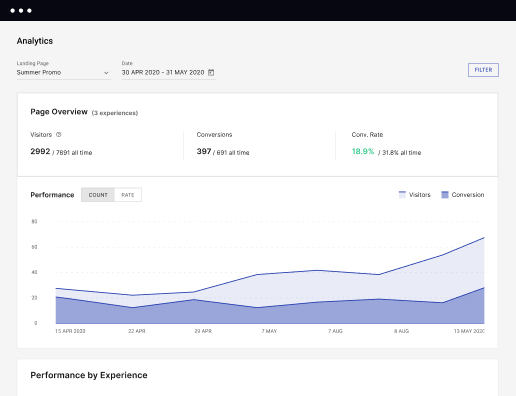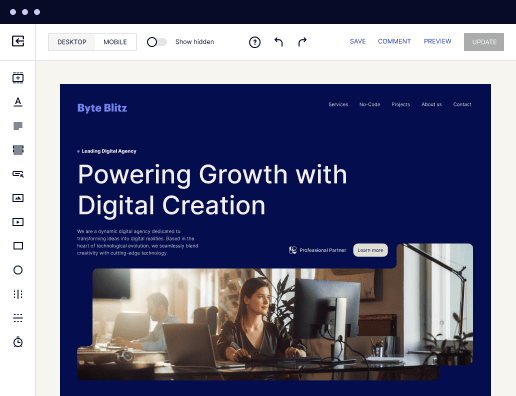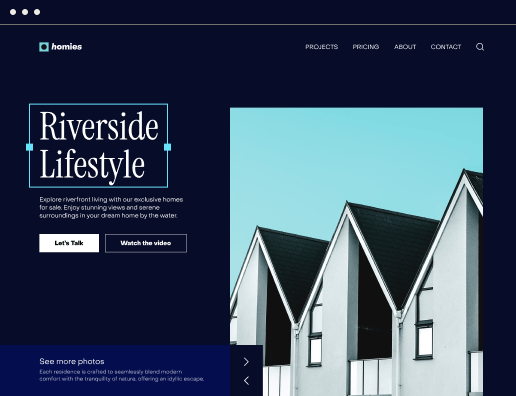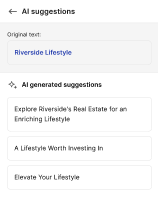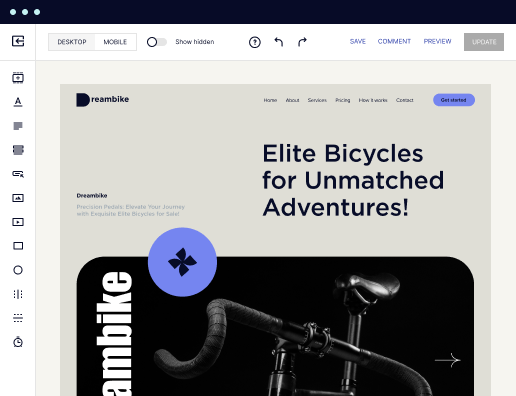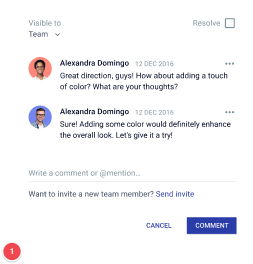Make your use case page designed for Linux
Instapage empowers you to reduce costs, increase conversions, and deliver meaningful experiences on Linux.
How to Build Your Use Case Page on Linux with Instapage
Designing a compelling use case page on Linux is essential for marketers seeking to optimize their conversion rates. With Instapage, you can leverage a rich library of over 100 conversion-focused templates, creating pages that resonate with your audience in the USA's diverse markets. This guide will take you through the steps of building an effective use case page while utilizing the platform's unique value propositions.
Step 1: Define Your Target Audience
Before creating your landing page, it is crucial to have a clear understanding of your target audience. This allows you to tailor the content specifically to their needs, enhancing the overall user experience. Consider factors such as industry verticals like Business Services, Financial Services, and Tech/SaaS. Create personas that reflect the pain points and motivations of your audience.
- Identify key demographics: Understand the age, location, and professional background of your audience.
- Pinpoint challenges: What specific challenges does your audience face? This allows you to address their needs effectively.
- Analyze competition: Look at what others in your industry are doing and how you can differentiate your offering.
Step 2: Choose the Right Template
Instapage offers a vast selection of customizable templates specifically designed for conversion. Choose a layout that corresponds to your use case to ensure it aligns with your audience's expectations. For example, if you are targeting professionals in Education or Government, select a clean, straightforward design that conveys trust and authority.
- Select conversion-centric designs: Look for templates that emphasize call-to-action buttons and key messages.
- Ensure mobile responsiveness: Pick templates that work seamlessly across devices, considering that many users may access your page via mobile.
- Personalize components: Use dynamic text replacement to cater the content to different audience segments.
Step 3: Optimize Your Landing Page for Conversions
Once your page structure is set, focus on optimizing for user engagement. Utilize heatmaps to track on-page behavior and A/B test different elements to see what resonates better with your audience.
- Employ A/B testing: Test different headlines, call-to-action placements, and visuals to find what drives conversions.
- Utilize analytics: Leverage the built-in analytics dashboard to monitor performance and make data-driven adjustments.
- Engage with personalization: Customize user experiences based on segmented audience data to foster higher engagement.
In conclusion, building your use case page on Linux with Instapage not only simplifies the page creation process but also enhances your ability to connect with your target audience meaningfully. By following these steps, you can maximize your landing page's effectiveness.
Ready to get started? Sign up for Instapage today and transform your marketing strategy with optimized landing pages designed to grow your conversions.
Get more out of Build your use case page on Linux
Improve your Quality Score with quick load technology for landing pages
Increase conversions with content that aligns with your ads and audiences
Achieve maximum ROI by scaling your marketing initiatives
Leading the way in building high-performing landing pages





FAQs
See how to build your use case page on linux in action
Ready to skyrocket conversions?
Supercharge your ad campaigns with high-performing landing pages.
Get started
